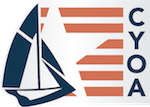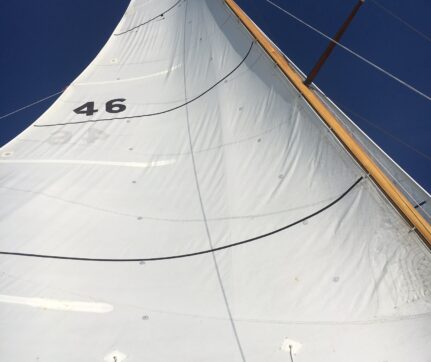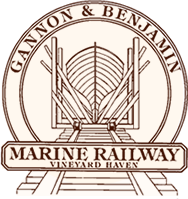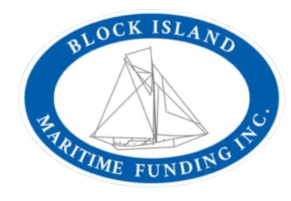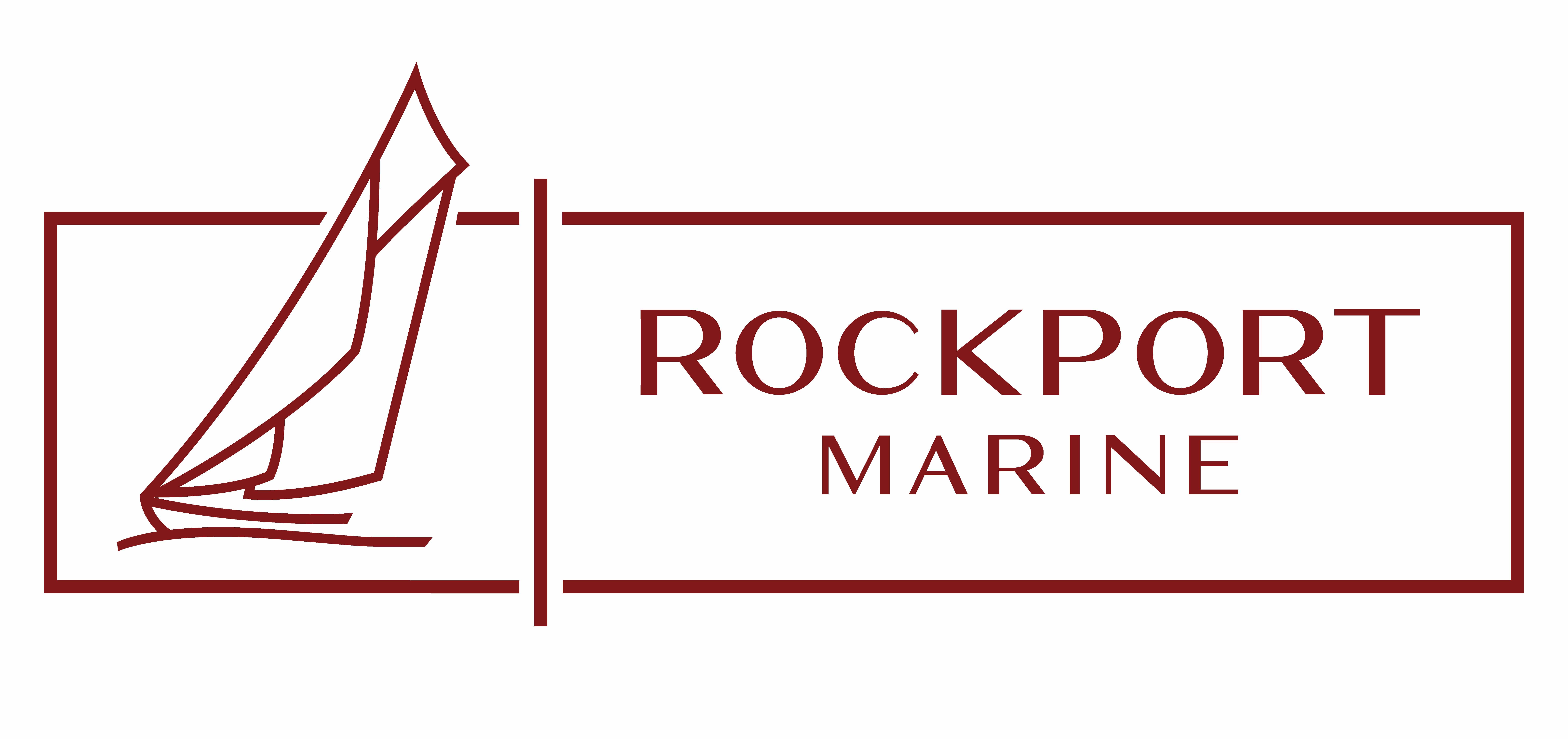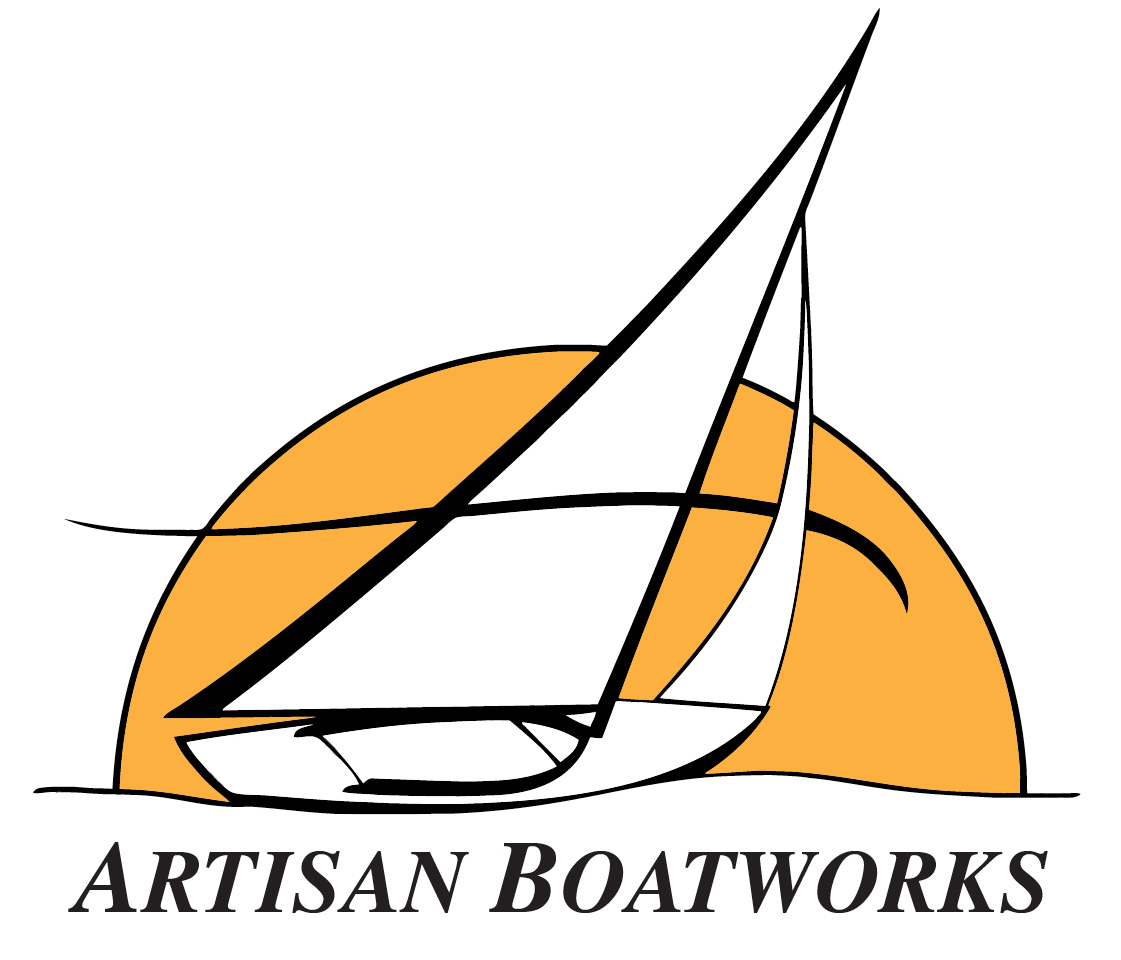When CRF was fundamentally revamped in 2017 and re-introduced as ‘ CRF MkII’, the new formulae, factors and resulting ratings were vetted by a careful analysis of years of Classic race results. That review process has continued each year since, with refinements made to the rating calculations based on experience gained during each season of racing. The race analysis has compared the actual performance of boats across the full size, type and age spectrum in the Classic fleet with that implied by their CRF rating. This comparison has been quantified in terms of seconds per mile, the weather conditions and course content have been considered, and the most weight has been given to the results posted by boats that have been regular participants and that have been consistently well equipped, well prepared and well sailed.
A primary CYOA mandate for the original development of what was then called ‘CRF MkII’ was that the new system be simple, objective (numbers in and rating out with no subjective adjustments made) and fully transparent. As CRF has been refined since, experience has exposed the need for some additional data declarations beyond those required for its earlier incarnation. Inevitably, this has made the process of applying for or renewing a CRF certificate a bit less simple, and some owners have found the process to be more onerous, or frustrating, or both. With this in mind, some explanation of why the additional declarations have been requested may be helpful.
Requests for sail girths (widths) for mainsails and spinnakers were new for 2020, and they were intended to be required for newly built sails only, as the data would then be readily available to owners via the sailmaker. To date, these sail girths have been taken for data gathering purposes only; they were not used in calculating ratings in 2020, nor will they be used in CRF 2021. However, the intent is to include mainsail girths in CRF 2022 sail area calculations to reflect the fact that modern sailmaking methods and materials can support roach profiles that are substantially more aggressive than those that have been typical in the existing Classic fleet. To date, this bigger roach has given these sails extra area that has been ‘free’ in terms of rating. For CRF 2022, the plan is to use the familiar 0.38*E (3/4 height girth) and 0.65*E (1/2 girth) benchmarks as a ‘no rating change’ baseline. Girths larger than these values will result in a higher (faster) rating, while girths below those defaults will result in a lower (slower) rating. Again, mainsail girth declarations will only be required for newly built sails, but making these declarations will optional for existing mains, and could result in slower ratings for older, minimal roach sails.
In the interest of simplicity, CRF has been calculating a downwind sail area that has included an assumed spinnaker area that has been a function of the height of the chute halyard and the length of the pole and/or spinnaker tack point. This approach has worked quite well since any ‘free’ spinnaker girth that is bigger than that assumed in the calculations flies in the wind shadow of the mainsail, and is typically not very effective. However, to preclude teams from gaining a perceived rating advantage by building spinnakers with girths that are larger than those that typical of the Classic fleet, the intent for ‘CRF 2022’ is to use the maximum measured mid width in the inventory, rather than the previously assumed one, in calculating the effective area of spinnakers. The plan is to make this change for newly built spinnakers only, as this data will be readily available to owners via sailmakers.
A recent development in sailmaking has been what have been dubbed ‘tweeners’, that fall between headsails and ‘Code 0’ style close reaching spinnakers. Currently the RRS define headsails as having a mid widths that are less than 50% of the width at their foot, and spinnakers as sails whose mid width is equal to or greater than 75% of their foot width. In the racing world this has left a ‘no fly zone’ in between, but for cruisers, free flying sails with mid widths of around 65% have become increasingly popular for reaching. Typical Code 0’s are forced to have more mid width than is ideal in order to meet the 75% mid width minimum, which makes them difficult to fly and to handle, and in addition they generate extremely high luff loads that spars and hardware (especially in the Classic world) can struggle to safely carry. The new ‘tweener’ sails are easier to fly and to roller furl, and their load oriented high strength fibers in the luff allow them to project to weather with much lower halyard loads. The fact that these sails are user friendly and popular with cruisers but have been illegal for racing seems illogical and wrong headed, so various handicapping systems have been working to address them. The CYOA Technical Committee has discussed the inclusion of ‘tweeners’, and the current plan is to provide for them in CRF 2022. The approach will likely be to add a check box among the routine data declarations to indicate whether or not a sail with a mid width greater than 50%, but less than 75% of its foot, will be included on a boat’s inventory. Since flying such a sail would be assumed to be a bit faster in a narrow range of conditions, the plan is to account for this by increasing the rated downwind sail area slightly to account for its added performance potential. These sails would be flown and handled according to the regulations for conventional spinnakers, and it would be up to race organizers to specifically permit their use in their race documents, as they are currently not legal sails under RRR 554.
The first ‘new’ data declaration requested since the implementation of the revamped CRF was for ballast weight in 2019. Stability is a primary performance determinant for any sailboat, so heavily ballasted racers like International Rule boats can have a significant performance advantage over boats with more cruising amenities and less ballast. It is important that this difference be reflected in rating, but owners cannot be expected to know the stability of their boat quantitatively, and employing measurers to do actual inclining experiments is neither reasonable nor practical for the Classic fleet. The next best thing is having rating reflect a calculated estimate of stability, for which ballast weight is an important input. For owners who do not have a reliable ballast number for their boat, assistance in establishing a reasonable estimate is available on request from the Technical Committee.
A second ‘new’ data declaration requested for 2019 was for ‘Bm10’, required only for design dates of 1990 or later. This dimension (deck beam at the aft end of the waterplane) was added so that rating could reflect the fact that modern hull shapes with broad beam aft can generate both more stability and more effective sailing length than boats with the narrower sterns typical of the existing Classic fleet. ‘Bm10’ is not required, and has no effect on rating, for most boats in the Classic fleet.
